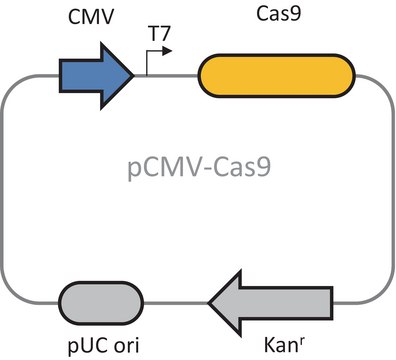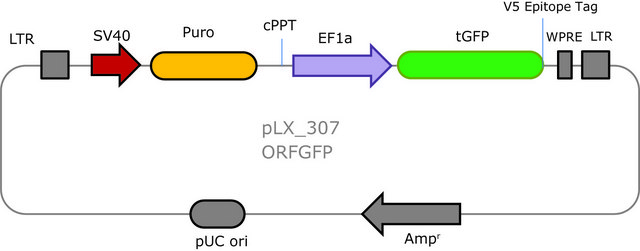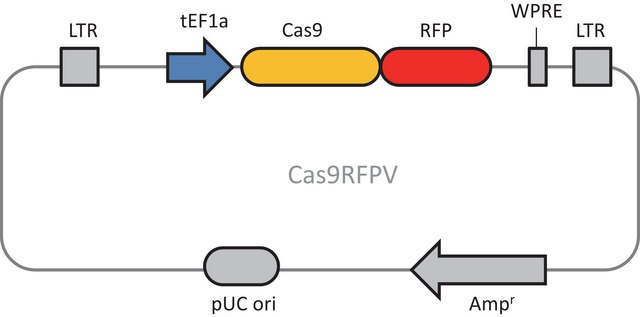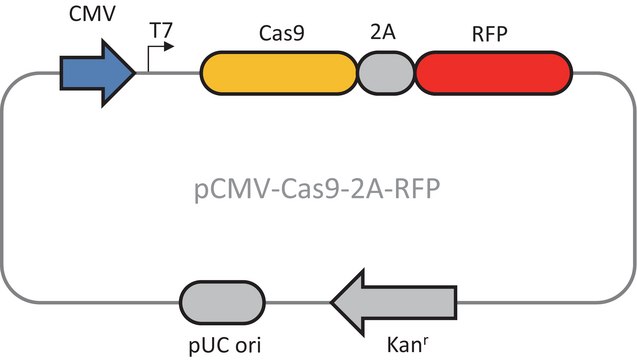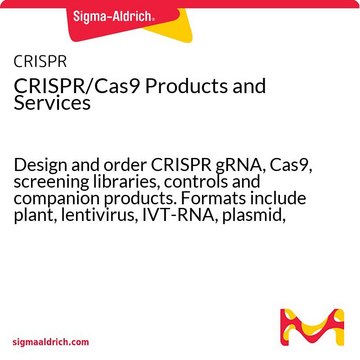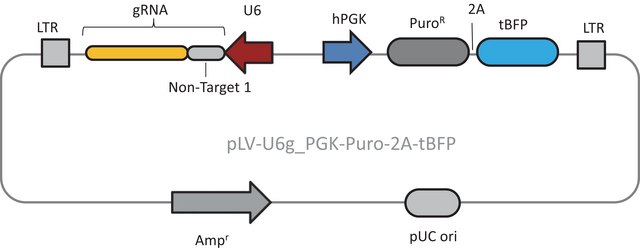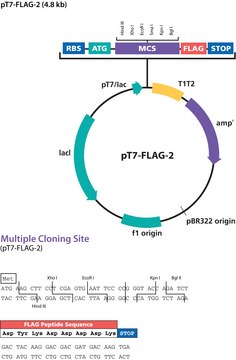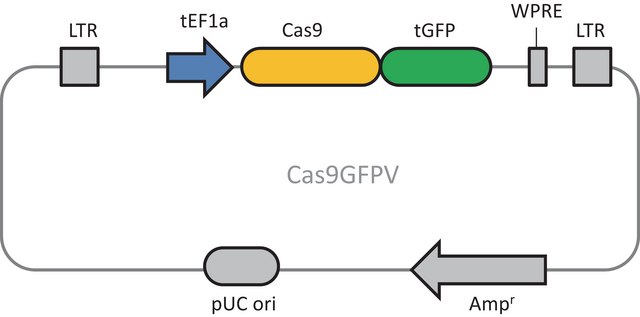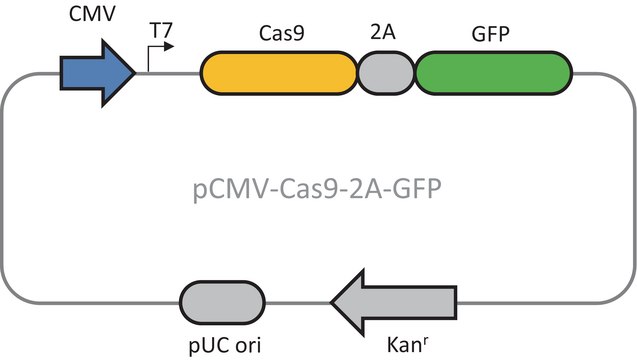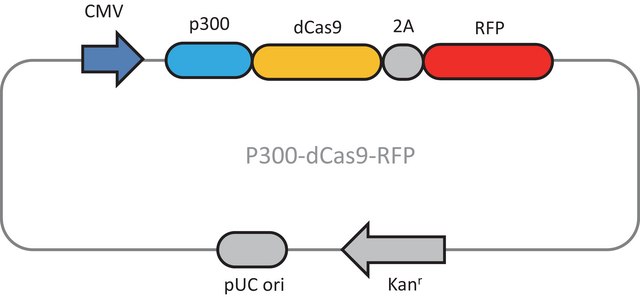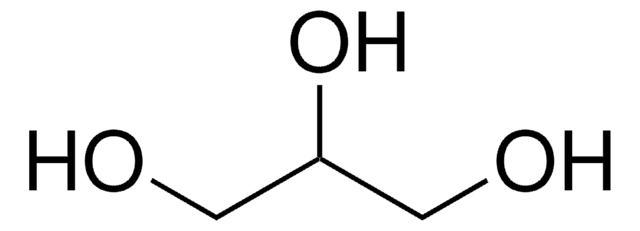Select a Size
Select a Size
About This Item
Recommended Products
recombinant
expressed in E. coli
form
liquid
packaging
vial of 50 μL
concentration
20 ng/μL in TE buffer; DNA (1μg of Plasmid DNA)
application(s)
CRISPR
reporter gene
RFP
selection
ampicillin
shipped in
dry ice
storage temp.
−20°C
Related Categories
1 of 4
This Item | 15523 | 49767 | G2025 |
|---|---|---|---|
| form liquid | form viscous liquid | form viscous liquid | form viscous liquid |
| mp 20 °C (lit.) | mp 20 °C (lit.) | mp 20 °C (lit.) | mp 20 °C (lit.) |
| agency USP/NF | agency - | agency - | agency - |
| vapor density 3.1 (vs air) | vapor density 3.1 (vs air) | vapor density 3.1 (vs air) | vapor density 3.1 (vs air) |
| vapor pressure <1 mmHg ( 20 °C) | vapor pressure <1 mmHg ( 20 °C) | vapor pressure <1 mmHg ( 20 °C) | vapor pressure <1 mmHg ( 20 °C) |
General description
To order gRNA in any format click here
Application
- Creation of gene knockouts in multiple cell lines
- Complete knockout of genes not amenable to RNAi
- Manufacture of Cas9-RFP expressing Lentiviral Particles
Features and Benefits
- Highly specific
- Highly active
- Ready to use purified plasmid DNA
Principle
Storage Class Code
12 - Non Combustible Liquids
WGK
WGK 2
Flash Point(F)
Not applicable
Flash Point(C)
Not applicable
Regulatory Information
Choose from one of the most recent versions:
Certificates of Analysis (COA)
Don't see the Right Version?
If you require a particular version, you can look up a specific certificate by the Lot or Batch number.
Already Own This Product?
Find documentation for the products that you have recently purchased in the Document Library.
Our team of scientists has experience in all areas of research including Life Science, Material Science, Chemical Synthesis, Chromatography, Analytical and many others.
Contact Technical Service